How to Make Tablets Using a Single Punch Press and Rotary Tablet Press ?
September 10, 2024
How to Make Tablets Using a Single Punch Press?
If you are involved in the manufacture of tablets on a small scale, utilizing a single punch press can significantly enhance your production efficiency. A single punch press is a manually operated tablet press machine. It uses a single punch and die set to produce tablets one at a time.
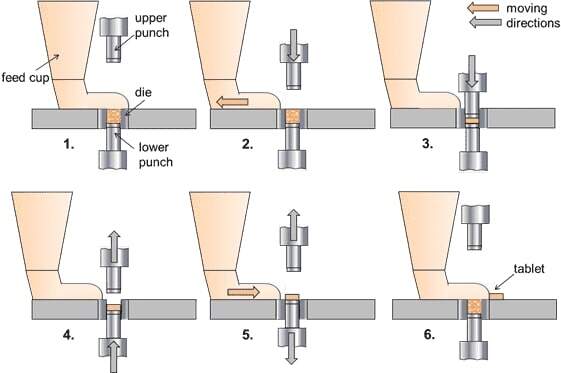
STEP 1: Prepare the granulated powder
Before starting the pill press, you should get the required granules prepared. Granulate and blend the active ingredients and excipients in the proportions based on your production needs. You can use a granulator to produce uniform-sized granules for easy compaction.
STEP 2: Load the powder
The next step is to load the hopper of the single punch press with the powdered material. As a crucial machine component, the hopper provides room to accommodate the granules to be pressed. If you’re using a single punch press, you must load the powder by hand due to its manual operation nature.
STEP 3: Adjust the machine
The single punch press should be adjusted to the required settings before the compression process begins. The settings include the thickness and diameter of the tablet. Plus, the compression force and the fill depth can be adjusted by a handwheel installed on the side of the machine.
STEP 4: Compress the granules
This is the most critical step in tableting. Once the machine starts, the granules fall into the die cavity through the hopper and feed shoe. The punches exert pressure on the granules to form a tablet of the required shape, size, and thickness. The compression force is maintained for a specific time to compress the granules properly.
STEP 5: Eject the tablet
Once compressed, the tablet is discharged from the machine. The lower punch ascends to eject the tablet out of the compression chamber. Meanwhile, the feed shoe swings over the die for the next fill and propels the tablet downwards into a collection bin through the discharge chute.
How to Press Pills with a Rotary Tablet Press?
If you’re handling a higher-volume operation, choosing a rotary tablet press is a dependable move. This highly automated device outperforms a single punch press in terms of efficiency and productivity.

STEP 1: Prepare the powder
Getting the powdered material ready is the first step in tableting. The material is a homogeneous blend. It is formulated with APIs and other necessary excipients.
STEP 2: Feed the granules
Getting the powdered material ready is the first step in tableting. The material is a homogeneous blend. It is formulated with APIs and other necessary excipients.
STEP 3: Meter the powdered material
The material is metered into the feed frame. The feed frame is an important part of a rotary tablet press. This component ensures the correct amount of material is fed into each die cavity. Plus, the lower punch plays a big part in the metering step. The depth of the lower punch can precisely control the amount of powder metered into the die cavity. The metering step ensures each tablet is uniform in drug content and weight.
STEP 4: Compress the material
Now, it’s the time for the punches to come into play. The upper and lower punches move against each other. This action allows the powdered material in each die cavity to be compressed. When the punches retreat, a tablet is formed.
STEP 5: Eject the tablets
Once the tablets are created, they jump out of the die cavity with the help of an ejection mechanism. The lower punch raises to push the formed tablets out of the die cavities. These tablets are then transferred into the discharge chute. Certain rotary tablet presses even have a rejection system to discard any defective tablets.
Key Factors to Consider When Making Tablets
Now you might have gained a clear idea of how to press pills. Yet, ensuring the uniformity and consistency of tablets can be a daunting task. So, if you want to guarantee the quality and efficacy of your tablets, pay attention to these important factors!
1. Material Properties
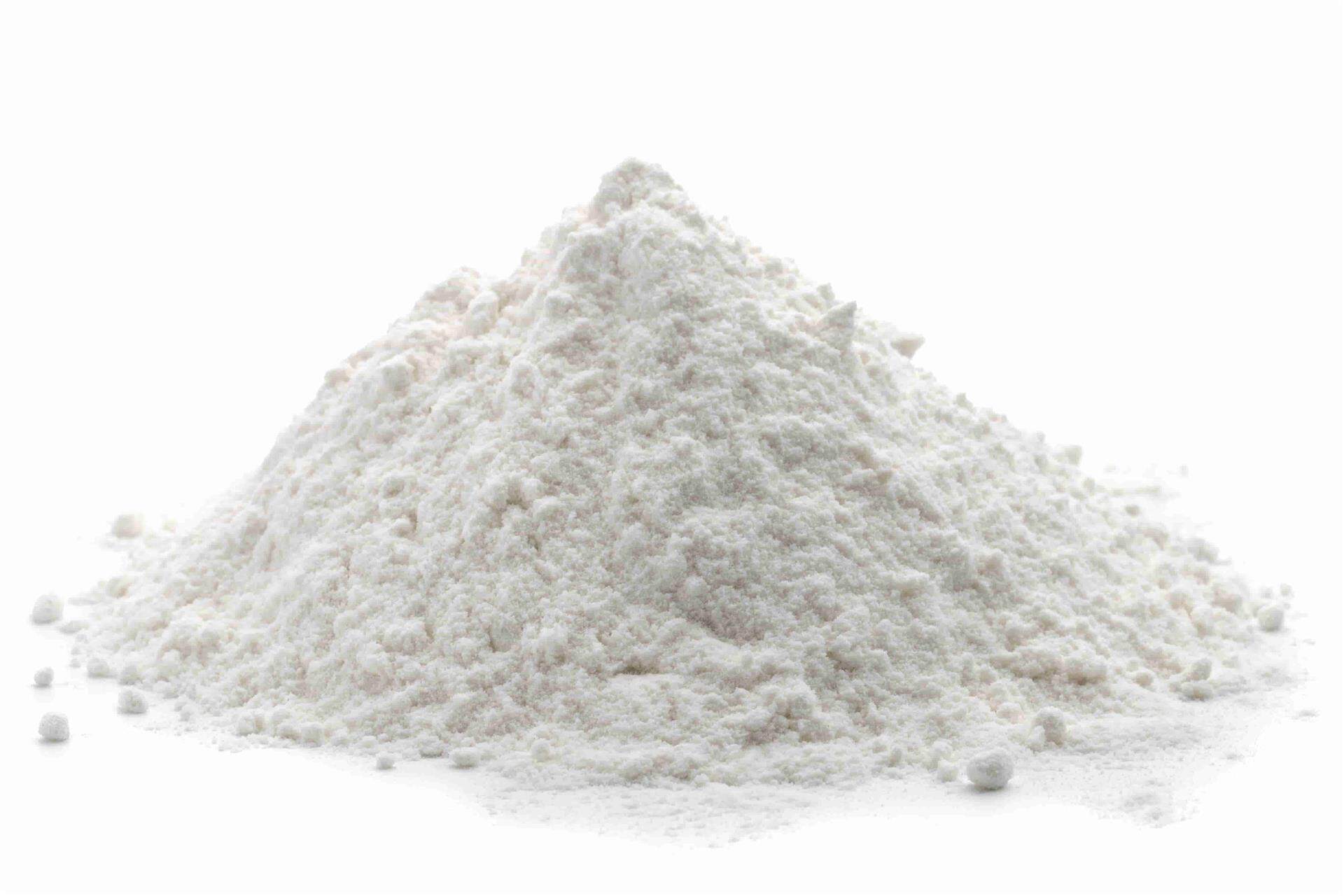
The properties of the material being compressed include particle size, density, and flowability. They can affect the quality and consistency of the tablets. Proper selection and testing of the APIs and excipients can help ensure successful tablet production.
2. Equipment
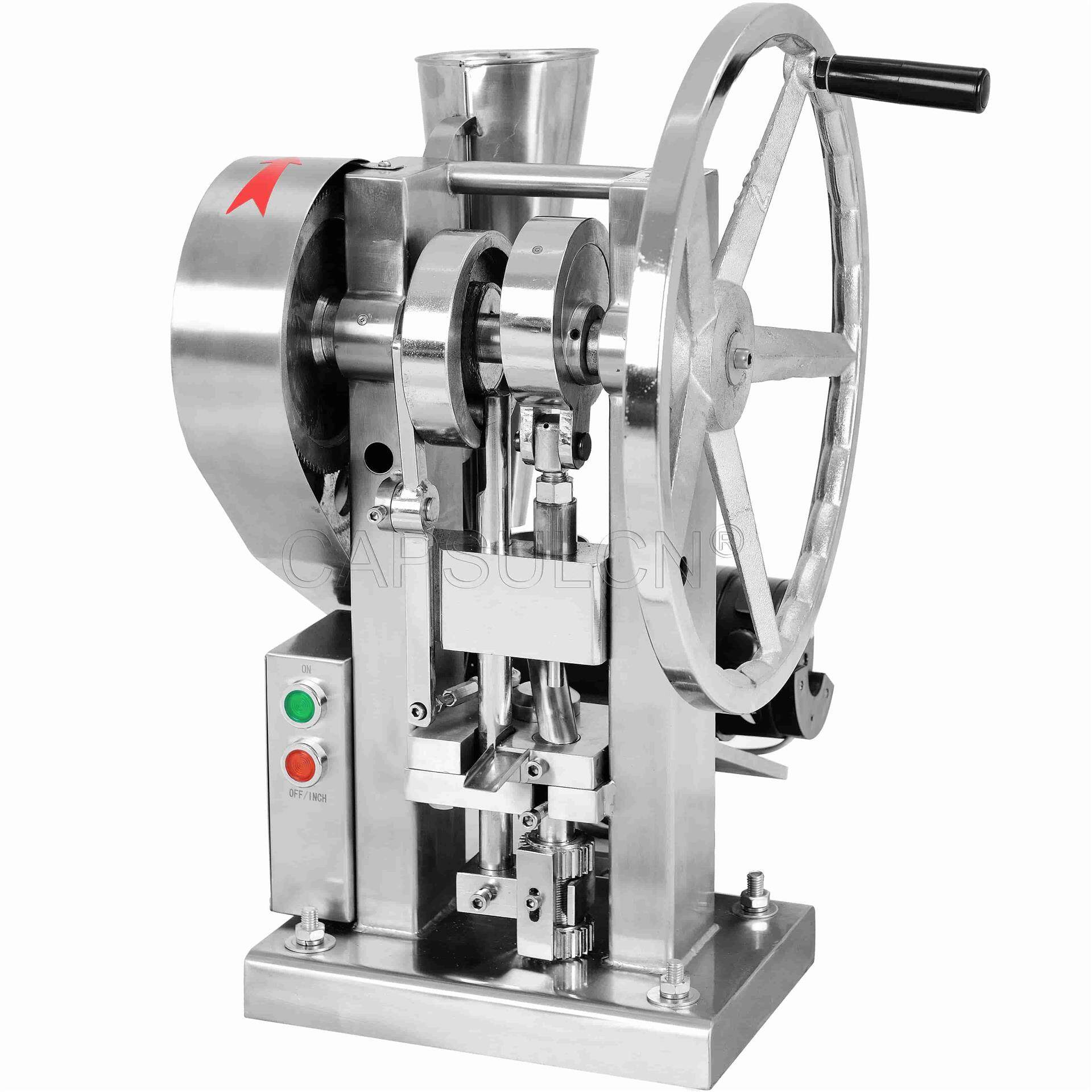 |
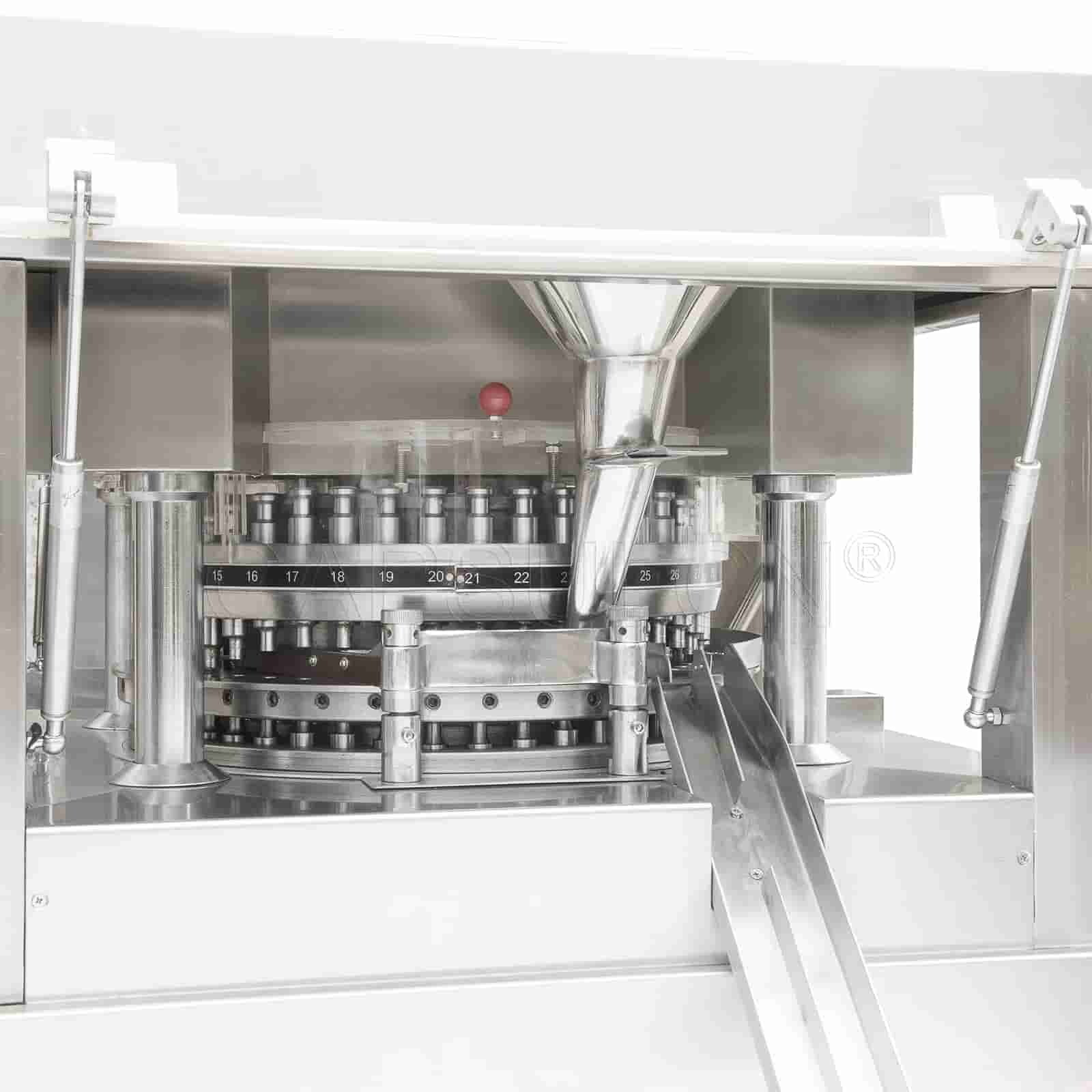 |
The condition and type of the tablet press and tablet tooling can affect the performance of the final drug product. So, how do you choose the right pill press and tooling? Consider your budget, production capacity, and floor space. In addition, be sure to keep your equipment in tip-top shape. Perform regular maintenance and calibration to optimize the performance and longevity of your tablet press.
3. Compression Force
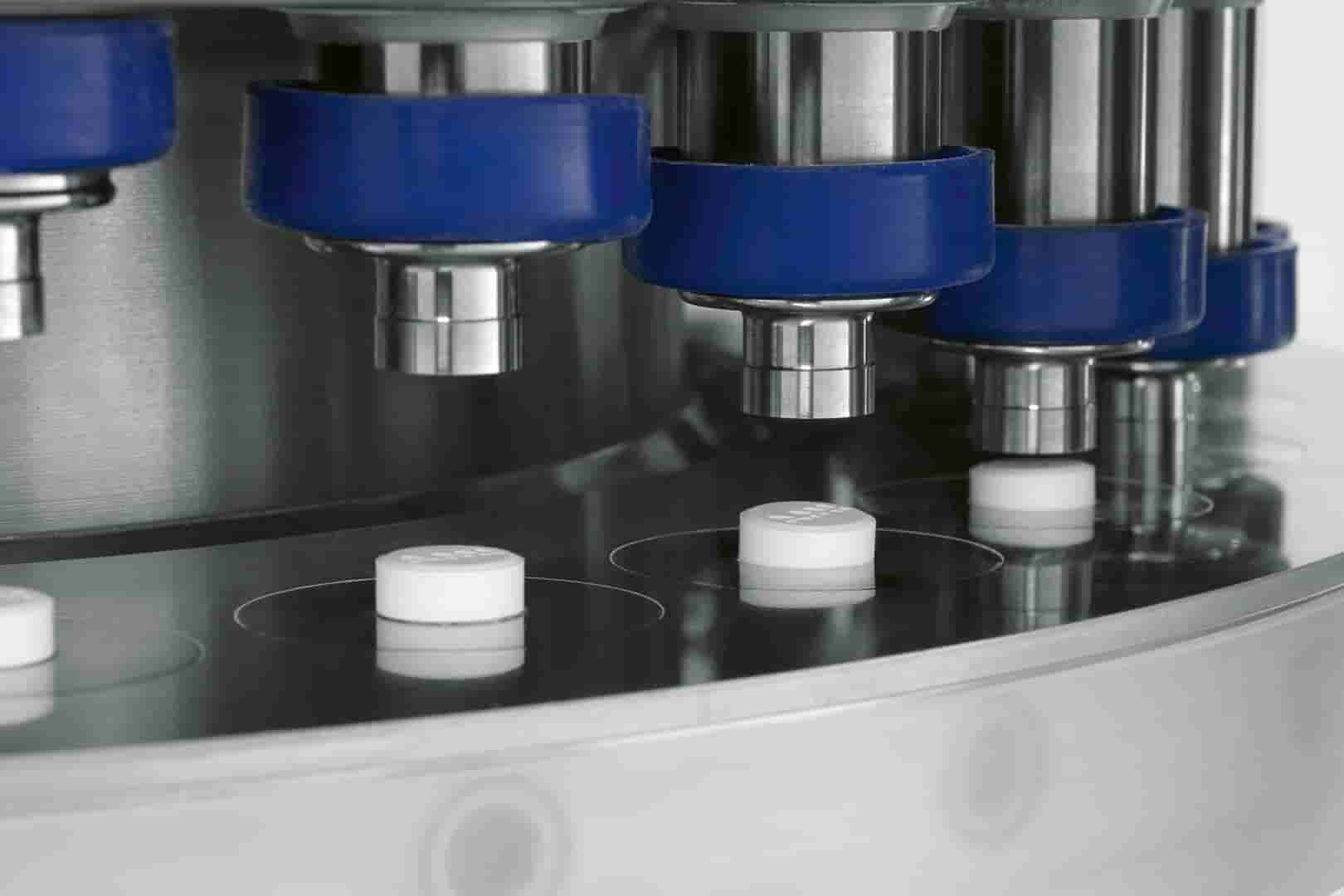
The amount of compression force applied during pill pressing can affect the hardness, friability, and disintegration of the tablets. So, the compression force should be carefully controlled to ensure consistent tablet quality.
4. Dwell Time
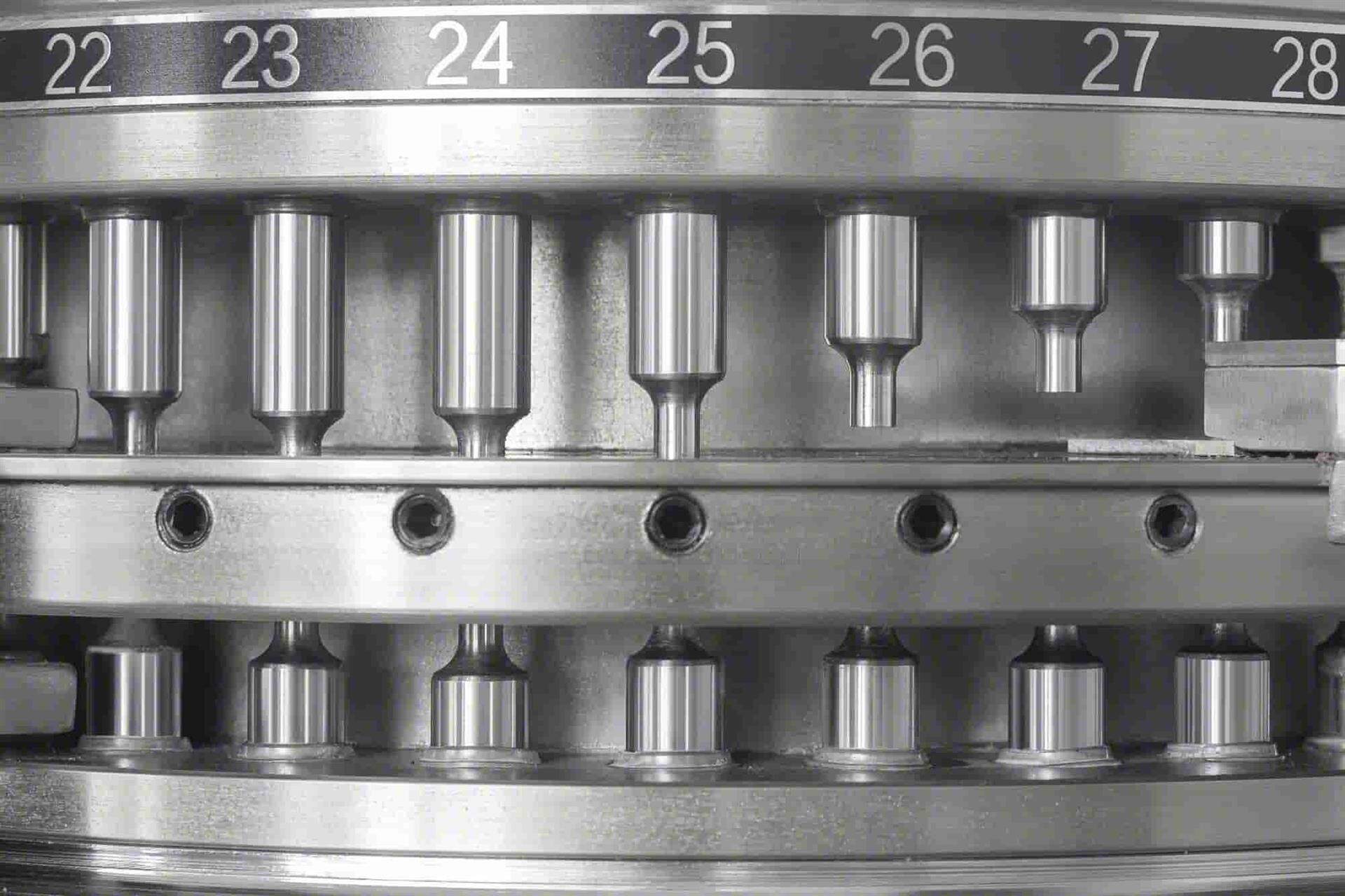
The amount of time that the material is held under compression also has an effect on tablet hardness and disintegration. The dwell time should be optimized for the specific material being compressed.
5. Lubrication
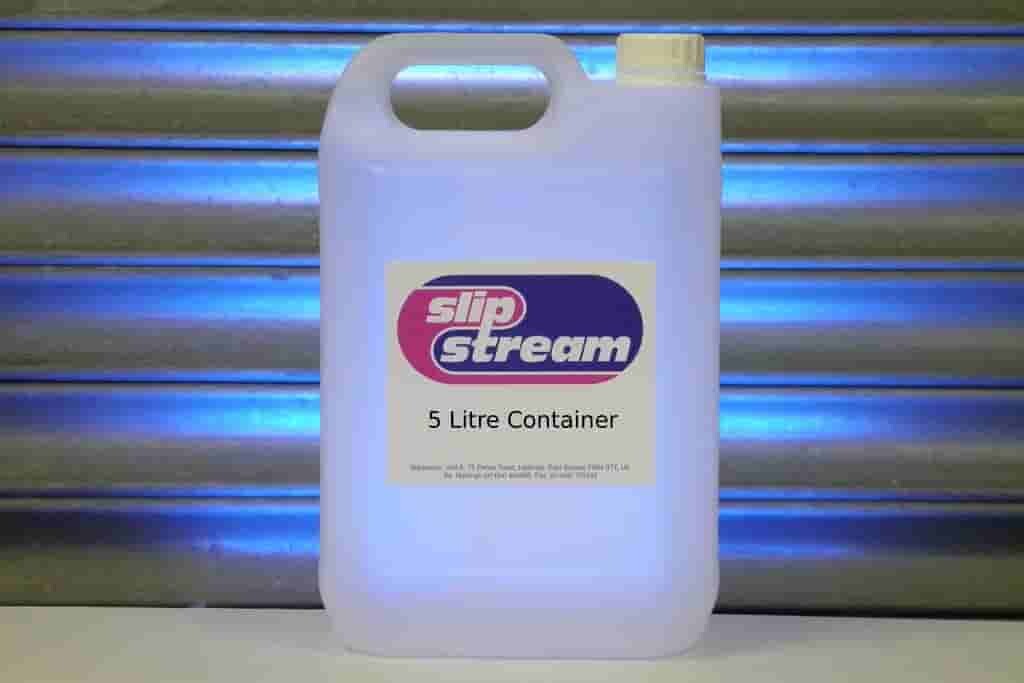
Sticking and capping are common tablet defects. To avoid these issues, lubricate crucial parts of your tablet press on a regular basis. But attention! The type and amount of lubricant used should be carefully controlled. Otherwise, the tablet quality can be affected.
6. Temperature and Humidity
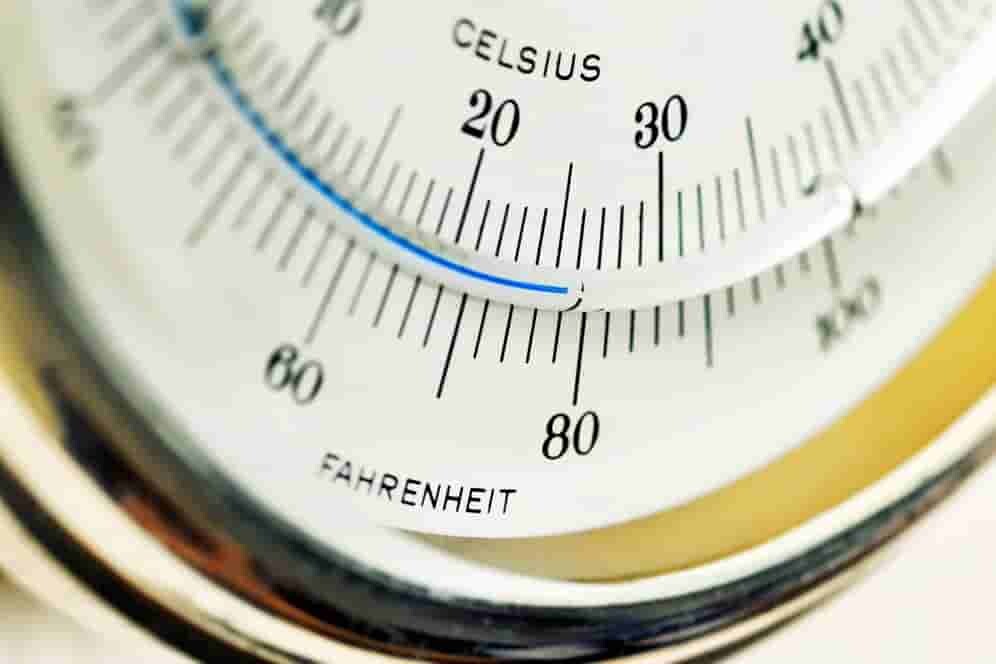
Environmental condition is also an important factor. The temperature and humidity in your facility can affect the raw material characteristics and tablet press performance. Proper environmental control is required to guarantee the quality of the final product.
Maybe you like also


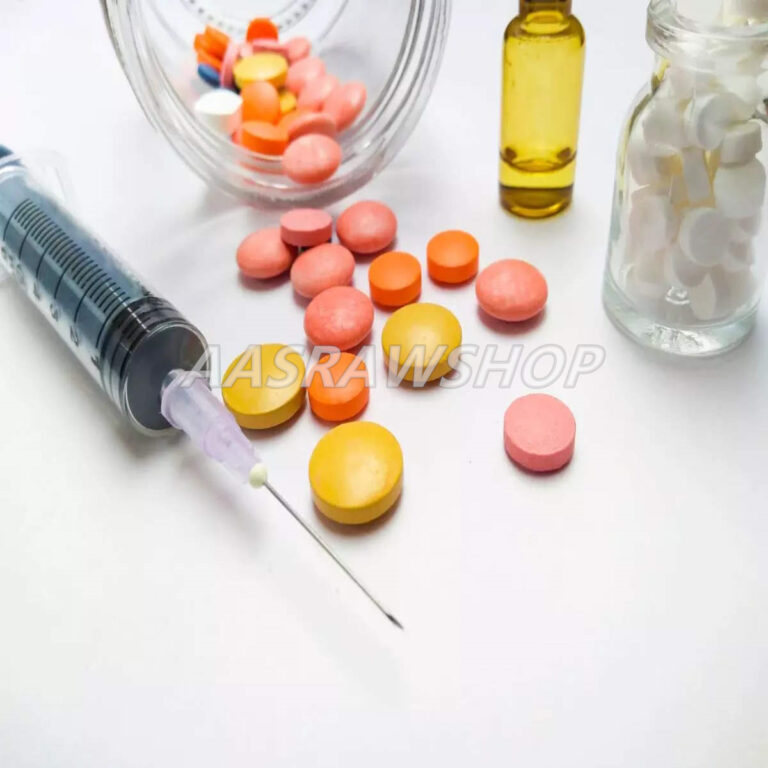 Injectable Dianabol 50mg Recipe
Injectable Dianabol 50mg Recipe Testosterone Base Homebrew Recipe
Testosterone Base Homebrew Recipe